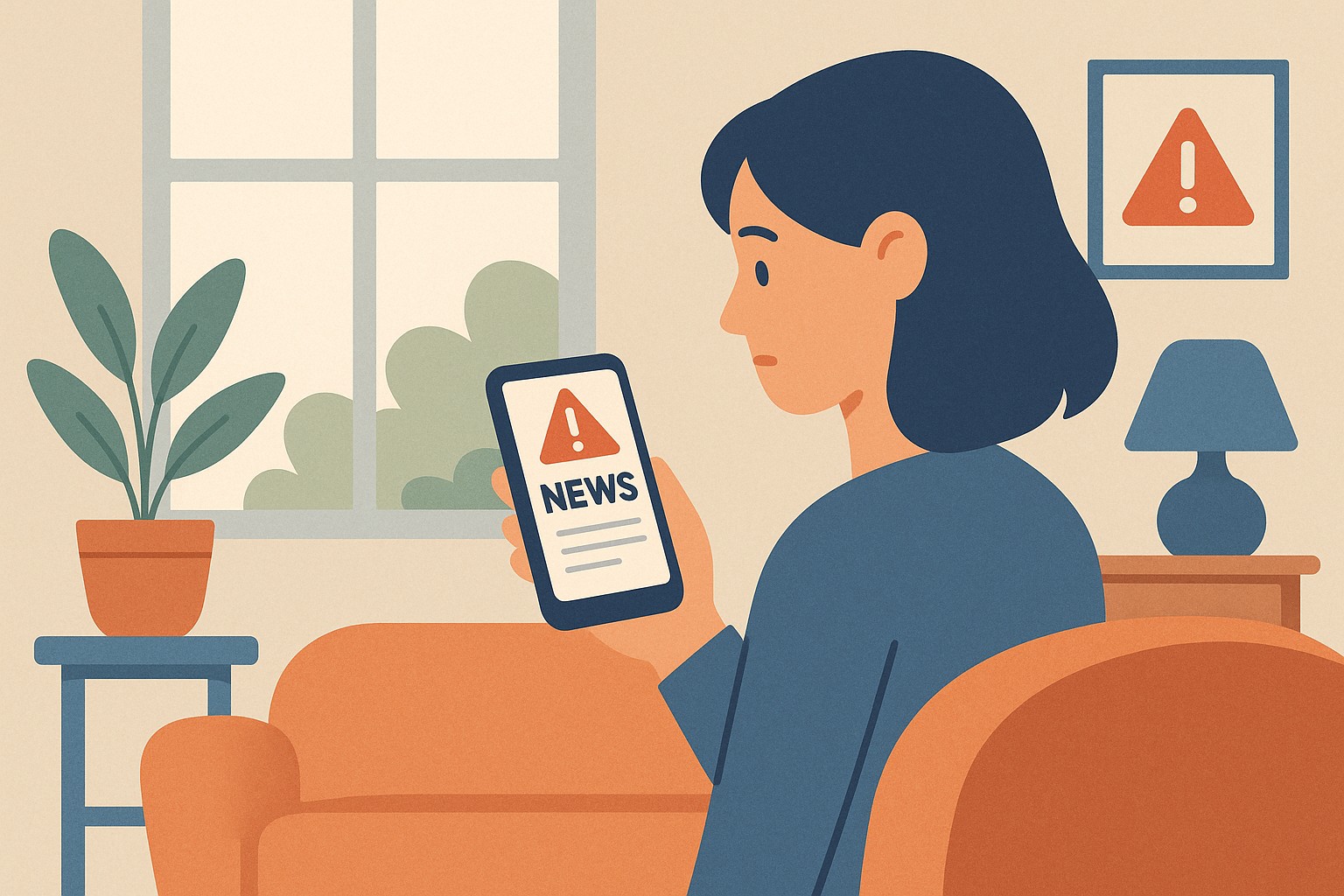Staying Informed, Staying Safe: A Guide to Victim Notification in Ontario
After reporting a crime in Ontario, you have the right to be kept informed. By signing a **Police Consent & Release form** with a victim services agency like Victim Services Toronto (VCARS) or the Victim/Witness Assistance Program (VWAP), you authorize police and courts to share crucial updates.

After a crime has been reported, the justice system can feel like a confusing and silent machine. One of the biggest sources of anxiety for a victim is not knowing the status of the offender—are they in custody? Have they been released? What are their bail conditions?
As you’ve correctly identified, there is a specific process in Ontario designed to solve this problem. By signing a Consent to Release Information form with a victim services agency, you authorize police and other justice partners to share critical updates with your support worker, who then ensures you are notified of any change in your risk level.
This guide explains the key players (VWAP and VCARS), how the consent process works in Toronto, and why it is a vital tool for your safety.
Decoding the System: What are VWAP and VCARS?
First, it’s important to understand the two main victim service programs in Ontario:
-
VCARS (Victim Crisis Assistance and Referral Services): These are community-based, non-profit organizations that provide 24/7 on-scene crisis response, safety planning, and referrals in the immediate aftermath of a crime. In Toronto, the VCARS provider is Victim Services Toronto. They are often your first point of contact after calling 911.
-
VWAP (Victim/Witness Assistance Program): This is a government program run by the Ministry of the Attorney General. VWAP staff are based inside criminal courthouses and provide support throughout the court process, including court orientation, updates on your case, and assistance with Victim Impact Statements.
The Consent to Release Information form allows these two programs to communicate effectively with police, Crown Attorneys, and corrections on your behalf.
What is the Consent to Release Information Form?
In simple terms, this form is a privacy waiver that you, the victim, sign. Under Canadian privacy laws, the police cannot share details about an accused person—even with a support agency—without your express permission.
By signing this form, you give your consent for:
- Police to share information with your victim services worker.
- The Crown Attorney's office and VWAP to share court-related information.
- Correctional Services (provincial jails) to provide updates on an offender's custody status.
This creates a "circle of communication" or "circle of care" with you at the centre, ensuring that the professionals supporting you have the timely, accurate information they need to help you safety plan.
The Process in Toronto: How it Works in Practice
Step 1: Initial Contact with Victim Services Toronto
Typically, after you report a crime like domestic assault to the Toronto Police Service, the officer will ask for your permission to have Victim Services Toronto contact you. This is the first and most important referral.
Step 2: Signing the Consent Form
A crisis counsellor from Victim Services Toronto will contact you to offer support. During this conversation, they will explain the Consent to Release Information form. This is not a police form; it is a victim services document. If you agree, you will sign it with your counsellor.
Step 3: Information Sharing is Activated
Once you have signed the consent, your Victim Services counsellor can now formally liaise with the police and other justice partners about your case. They become your central point of contact for updates.
Step 4: You Get Notified
When your counsellor receives an important update, they will contact you immediately. This system ensures you are not left in the dark.
The Information You Will Receive
By signing the consent form, you can be updated on:
-
The status of the police investigation.
-
Bail hearings and conditions (e.g., if the accused was released and has a "no-contact" or "stay away from your address" condition).
-
Upcoming court dates and the outcome of those appearances.
-
Any changes to the criminal charges.
-
The final sentence, if the offender is found guilty.
-
The offender's release date, parole hearings, or transfers if they are in a provincial jail.
This information is not just about peace of mind; it is actionable intelligence that allows you and your support worker to adjust your safety plan in real-time.
Local Resources & Disclaimer:
-
Victim Services Toronto (for VCARS):
-
24/7 Crisis Line: 416-808-7066
-
Website: victimservicestoronto.com
-
-
VWAP: You can connect with VWAP through the Crown Attorney's office at the criminal courthouse where your case is being heard.
-
This guide provides general information and is not legal advice. The best way to get support is to connect with your local victim services agency.
